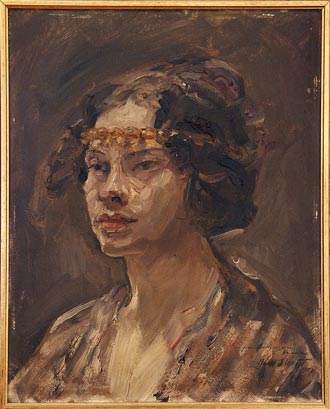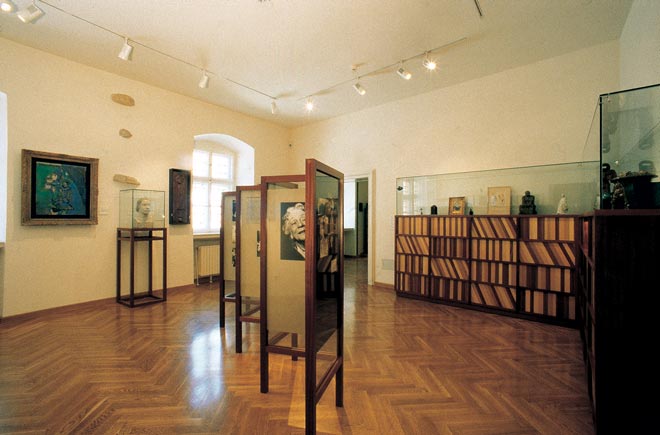Permanent Display 48. Tilla Durieux and her Art Collection
Online Collection
 Experience of a century
Experience of a century
Tilla Durieux (born Ottilia Godefroy, 1880-1971) was one of the most important figures in the acting world of Germany. She was a great star of the Berlin theatre of the golden twenties. She belonged to the up-and-down period of the Weimar Republic. For her, the period between 1903 and 1918 was marked by two key figures. Max Reinhardt created her as an actress, and Paul Cassirer brought her into the centre of the most advanced goings-on from the fin de siécle. The second period ended with the Hitler persecutions of 1933. The Zagreb period of 1934 to 1952 brought her refuge, peace and repose before new efforts. In the foyer of the Croatian National Theatre, she met Zlata Lubienski, and from 1938 lived in 27 Jurjevska Street. She returned to Berlin in 1955, devoting herself to acting until the end of her life.
The Donation
In 1982, in the Parliament building, Ms Erika Danhoff signed a deed giving part of the collection to the city of Zagreb. Her words went: My great friend, and artistic mother, T.D. loved your city. She loved Zagreb, which was her own city for so many years, and to which she was later always connected. So I am convinced that she would be happy always to be here in it in this way. The newly formed Commission accepted part of the collection in the name of the Museum. It included a total of 19 artistic objects.
Slavko Šterk

Online Collection

